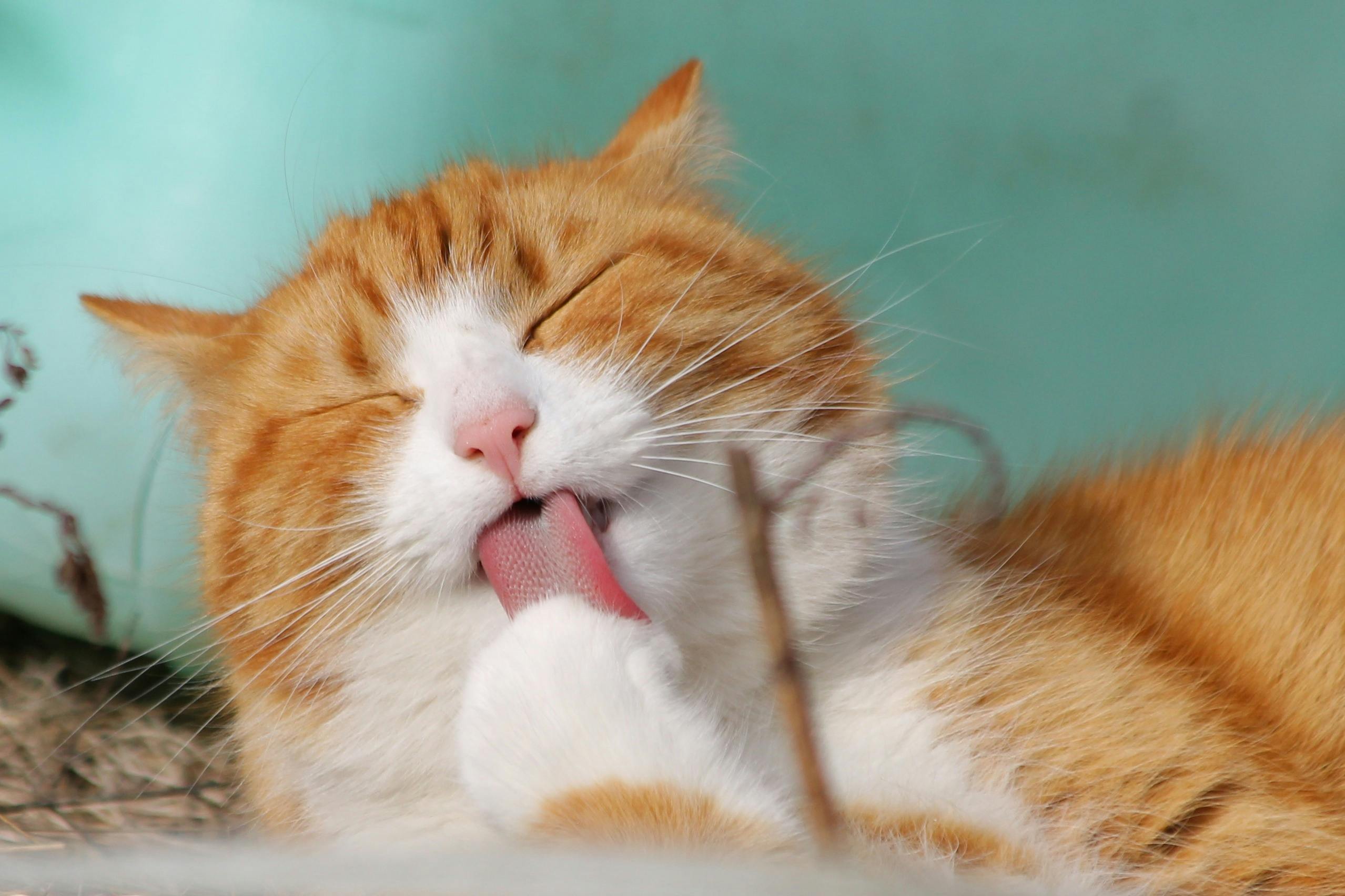Scratching is a natural and necessary behavior for cats. But when your feline friend decides to use your favorite furniture as a scratching post, it can be a significant source of frustration. Nonetheless, the question remains, can you teach your cats to use a scratching post instead of your furniture? Indeed, you can. This article will dive into the reasons why cats scratch, the importance of scratching posts, and various methods to encourage your cats to use them.
Understanding Why Cats Scratch
Before trying to modify your cat’s behavior, it’s crucial to understand why they scratch in the first place. Scratching serves several functions in a cat’s life. It is not just an animal instinct but a way for cats to communicate, stretch their muscles, and maintain their claws.
Also read : What’s the Ideal Diet for a Dog with a History of Pancreatitis?
When cats scratch, they leave visual and scent markings that serve as messages to other cats. Scratching also allows cats to stretch their bodies and flex their feet and claws, contributing to their physical health. Moreover, it enforces the removal of the outer layer of their claws, ensuring their paws stay sharp and ready for hunting.
Unfortunately, your cat doesn’t differentiate between a scratching post and your furniture – they’re simply looking for a good surface to dig their claws into. Hence, when they choose your furniture, it’s not out of spite or a desire to destroy your belongings but a natural feline behavior.
In the same genre : How to Train a Parrot to Perform Tricks Without Causing Stress?
The Importance of Scratching Posts
A scratching post is more than just a tool to save your furniture; it’s also an essential element for your cat’s overall well-being. Providing a dedicated place for your cat to scratch helps satisfy their natural urges safely and effectively.
Scratching posts come in various shapes, sizes, and materials, each designed to appeal to different aspects of a cat’s scratching preferences. Some cats prefer vertical surfaces, while others are inclined towards horizontal surfaces. Similarly, the texture of the surface is another factor. Most cats prefer rough surfaces that they can shred to pieces, which is why many scratching posts are covered in sisal rope or carpet.
Moreover, scratching posts can be a source of entertainment and exercise for your cat. They often come with attached toys or are combined with cat trees to offer climbing opportunities, promoting physical activity and reducing boredom.
Training Your Cat to Use a Scratching Post
Fulfilling your cat’s scratching needs with a dedicated post is a good step toward saving your furniture. However, buying a scratching post isn’t enough – you will need to teach your cat to use it.
Firstly, place the scratching post near the furniture your cat usually scratches. This placement will help redirect their scratching behavior from the furniture to the post. Over time, once your cat has become accustomed to using the post, you can gradually move it to a more suitable location.
Secondly, encourage your cat to use the post by making it an appealing place to scratch. One way to do this is by rubbing catnip on the post. The scent of catnip will attract your cat and increase their interest in the post. You can also use toys to direct your cat’s attention towards the post.
Remember, rewards play a crucial role in training. Whenever your cat uses the scratching post, reward them with treats, praise, or extra playtime. This positive reinforcement will help your cat associate the scratching post with good experiences, motivating them to use it more often.
Protecting Your Furniture
While training your cat to use a scratching post, there are measures you can take to protect your furniture. Cover the areas your cat has been scratching with double-sided sticky tape or aluminum foil. Cats dislike these textures, which will deter them from scratching these surfaces.
Another method is to use a cat-friendly spray deterrent on your furniture. These sprays emit a scent that cats find unpleasant, but is odorless to humans. However, remember to test a small area first to ensure the spray doesn’t damage your furniture.
Ultimately, remember that patience is key. Changing behavior takes time, and it’s vital to be consistent and positive during the training process. The goal is not to stop your cat from scratching, but to provide them with a better, cat-approved place to scratch.
Cats and Their Claws: A Natural Behavior
Scratching is a normal feline behavior. As a responsible cat owner, your goal should not be to stop this behavior, but guide it in a way that respects your cat’s natural instincts while protecting your furniture. Understanding the importance of scratching for cats, providing them with suitable scratching posts, and training them to use these posts, can help create a harmonious living environment for both you and your feline friend. Remember, each cat is unique, so what works for one might not work for another. It’s all about observing, understanding, and responding to your cat’s particular behaviors and preferences. With patience and consistency, you can successfully guide your cat’s scratching behavior towards the scratching post and away from your furniture.
Making Scratching Posts More Appealing to Cats
To ensure your cat gravitates towards the scratching post instead of your furniture, you need to make the scratching post more appealing. Most cats have a preference for certain textures and heights when it comes to scratching surfaces. By observing your cat’s scratching habits, you can identify their preferences and select a scratching post that matches their needs.
Some cats prefer scratching on vertical surfaces, while others would rather scratch on horizontal ones. Therefore, it may be beneficial to provide both options to discover which style your cat prefers. Additionally, consider the material of the scratching post. Sisal fabric or rope is a popular choice as it provides a rough surface that cats enjoy scratching.
Placement of the scratching post is also essential. Cats often scratch after waking from a nap or when they are feeling playful. Therefore, placing the scratching post in their favorite lounging spots or near their play area can be effective. Similarly, if a specific piece of furniture has been targeted, placing the scratching post nearby can help divert their attention.
Though buying an appealing post caters to your cat’s preferences, the transition from furniture to scratching post may not be automatic. You may need to make the post even more attractive to your cat through the use of toys, treats, or catnip.
Conclusion: Patience and Consistency in Redirecting Cat Scratching Behavior
Scratching is a fundamental aspect of cat behavior. While it can be frustrating when your furniture becomes the target, understanding that this is a natural and vital part of your cat’s life can help you approach the problem with empathy and patience.
The journey to redirect your cat’s scratching behavior towards the post will require time and commitment. Be patient with your cat during this transition period. Remember, it’s not about stopping your cat from scratching but about providing a more suitable place for them to scratch.
Positive reinforcement is key in this training process. Reward your cat when they use the scratching post, and over time they’ll associate it with good experiences. It’s also essential to protect your furniture during this process by using deterrents like double-sided tape or cat-friendly sprays.
The main goal is to create a harmonious living environment where both your cat’s needs and your desire to keep your furniture intact are respected. Each cat is unique, so what works for one cat may not work for another. Remain observant, flexible, and responsive to your cat’s individual behaviors and needs. With consistency, patience, and understanding, you can successfully train your cat to use a scratching post instead of your furniture.











